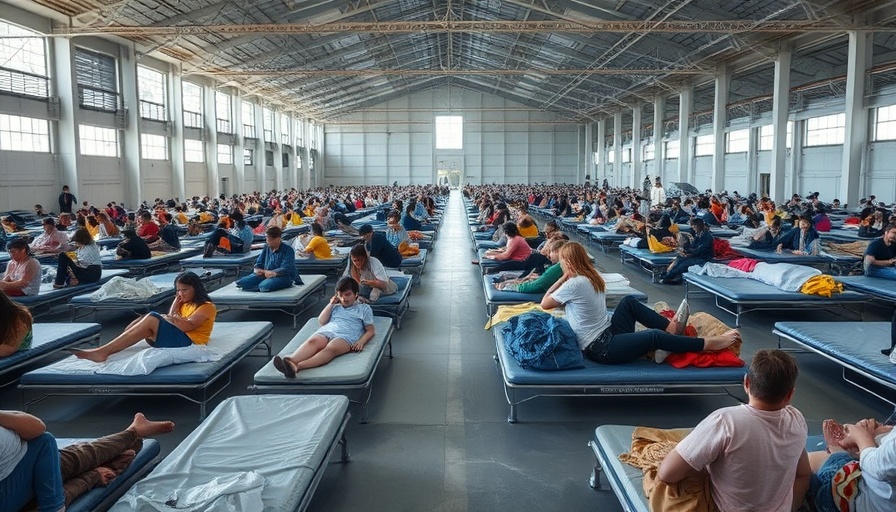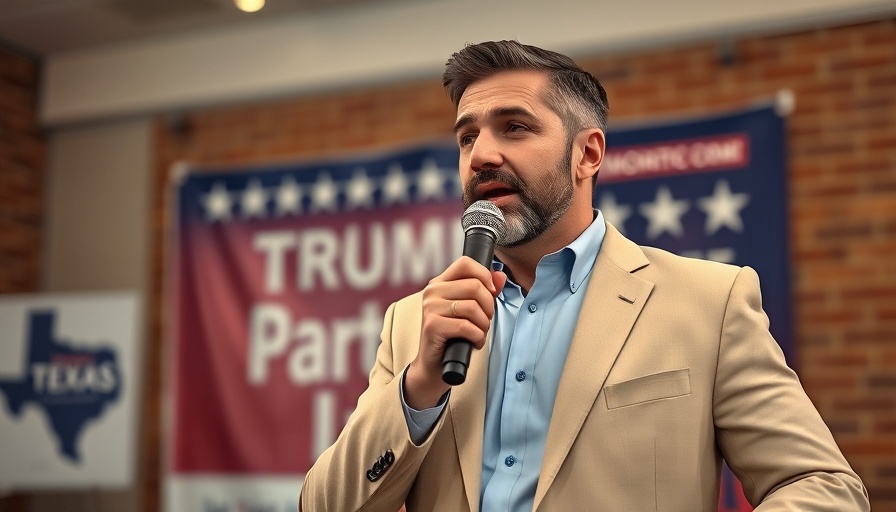
Hurricane Katrina: A Storm That Changed Everything
In the annals of American history, few events evoke the raw power of nature and its profound impact on human lives quite like Hurricane Katrina. As the hurricane howled across the Gulf Coast two decades ago, it left behind a trail of destruction that served as a stark reminder of our vulnerability to extreme weather. The aftermath of this deadly storm continues to resonate, teaching us vital lessons about resilience and survival. It reveals not just the physical devastation wrought by the wind and water but also unearths the sociopolitical factors that often determine who survives and who doesn’t.
Resilience in the Face of Disaster
The stories of Eva Kinnard and Alta R. Pierce are just two of many that showcase the human spirit in the face of catastrophic adversity. Kinnard, a mother with limited mobility, was forced to navigate floodwaters teeming with debris, an all-too-familiar scene in New Orleans as many residents clung to their homes, hoping for a miracle. Katrina acted not just as a force of nature but as a magnifying glass, exposing the systemic inequities that leave vulnerable populations without adequate support during crises. The lessons learned from these experiences underscore the importance of preparedness and resource allocation both before and after such events.
Unpacking the Infrastructure Failures
It was not just the storm's ferocity that contributed to the chaos; it was also a glaring failure in emergency preparedness. Despite having a public transportation system and a fleet of school buses, New Orleans was ill-equipped to evacuate its most vulnerable citizens. Many residents lacked the means to reach safety, leaving entire communities stranded and at the mercy of the rising waters. This logistical breakdown not only provoked criticism of the then-existing plans but also inspired advocacy for more thorough disaster management strategies in urban areas, particularly in cities prone to extreme weather.
Climate Change: A Growing Threat
As we reflect on Hurricane Katrina 20 years later, we must also confront the reality of climate change, which is rapidly intensifying the frequency and severity of storms. Rising sea levels and warmer ocean temperatures are creating an environment where hurricanes could become both more potent and more unpredictable. Acknowledging this reality is not just prudent; it is essential for future planning and infrastructure design in coastal cities around the nation. Communities everywhere need to fortify their defenses, ensuring that they aren't merely reactive but anticipate and mitigate potential catastrophes.
Living with the Memory
The echoes of Katrina are still felt deeply among survivors, shaping their lives and the fabric of their communities. For many, the storm is not merely a chapter in history but an ongoing journey of rebuilding and resilience. Events like the upcoming “The Lingering Storm” initiative demonstrate a commitment to acknowledging the past while collectively preparing for the future. They serve as powerful reminders that, while the storm may have passed, its implications are far-reaching and lasting.
Actionable Insights: Preparing for the Future
Informed by the lessons of Hurricane Katrina, communities now prioritize risk assessments and emergency preparedness. Local governments and organizations are urged to collaborate, creating comprehensive emergency plans that address the needs of all residents, particularly marginalized groups who are often left behind. Ensuring effective communication and rapid response mechanisms can prevent loss of life in future disasters. Each storm demands our attention, preparation, and a rethinking of how we engage with our environment and its challenges.
Conclusion: A Call to Action
As we reckon with the legacy of Hurricane Katrina, it’s imperative to focus on resilience and proactive measures. We must advocate for policies that prioritize community needs and environmental sustainability. Our cities’ futures depend on our commitment to learning from the past while preparing diligently for the uncertainties ahead. Join community efforts, attend discussions, and engage with initiatives aimed at fostering resilience in the face of climate challenges. Explore ways to make a difference and ensure that lessons from past disasters have enduring relevance.
 Add Row
Add Row  Add
Add 




Write A Comment